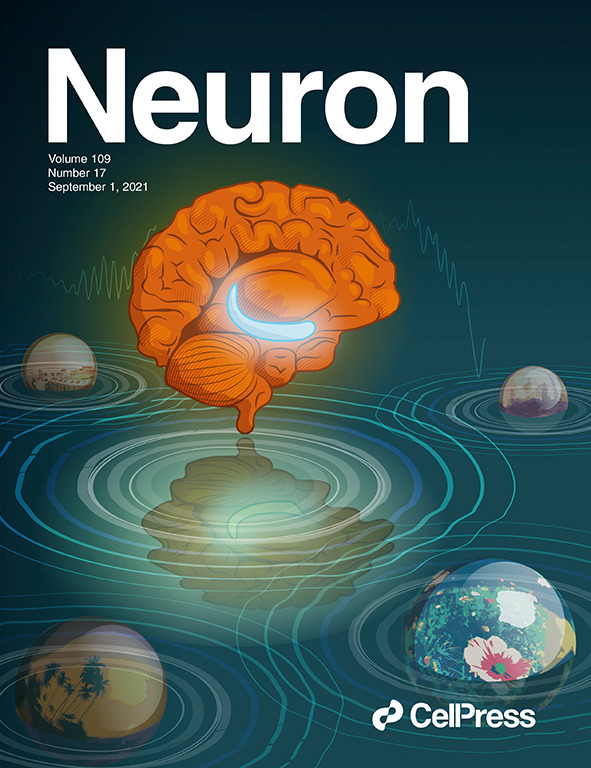PI3P:应对C9-ALS/FTD的(DPR)挑战。
IF 15
1区 医学
Q1 NEUROSCIENCES
引用次数: 0
摘要
C9orf72中六核苷酸G4C2重复扩增导致二肽重复(DPR)蛋白积累,是肌萎缩侧索硬化症(ALS)和额颞叶痴呆(FTD)的主要遗传原因。在最近一期的Neuron杂志上,Zhang等人1报道了PI3P水平升高可减轻内溶酶体缺陷和dpr相关的神经毒性。本文章由计算机程序翻译,如有差异,请以英文原文为准。
PI3P: Rising to the (DPR) challenge in C9-ALS/FTD.
A hexanucleotide G4C2 repeat expansion in C9orf72 causes accumulation of dipeptide repeat (DPR) proteins and is the leading genetic cause of amyotrophic lateral sclerosis (ALS) and frontotemporal dementia (FTD). In a recent issue of Neuron, Zhang et al.1 report that elevating PI3P levels mitigates endolysosomal deficits and DPR-associated neurotoxicity.
求助全文
通过发布文献求助,成功后即可免费获取论文全文。
去求助
来源期刊

Neuron
医学-神经科学
CiteScore
24.50
自引率
3.10%
发文量
382
审稿时长
1 months
期刊介绍:
Established as a highly influential journal in neuroscience, Neuron is widely relied upon in the field. The editors adopt interdisciplinary strategies, integrating biophysical, cellular, developmental, and molecular approaches alongside a systems approach to sensory, motor, and higher-order cognitive functions. Serving as a premier intellectual forum, Neuron holds a prominent position in the entire neuroscience community.
 求助内容:
求助内容: 应助结果提醒方式:
应助结果提醒方式:


